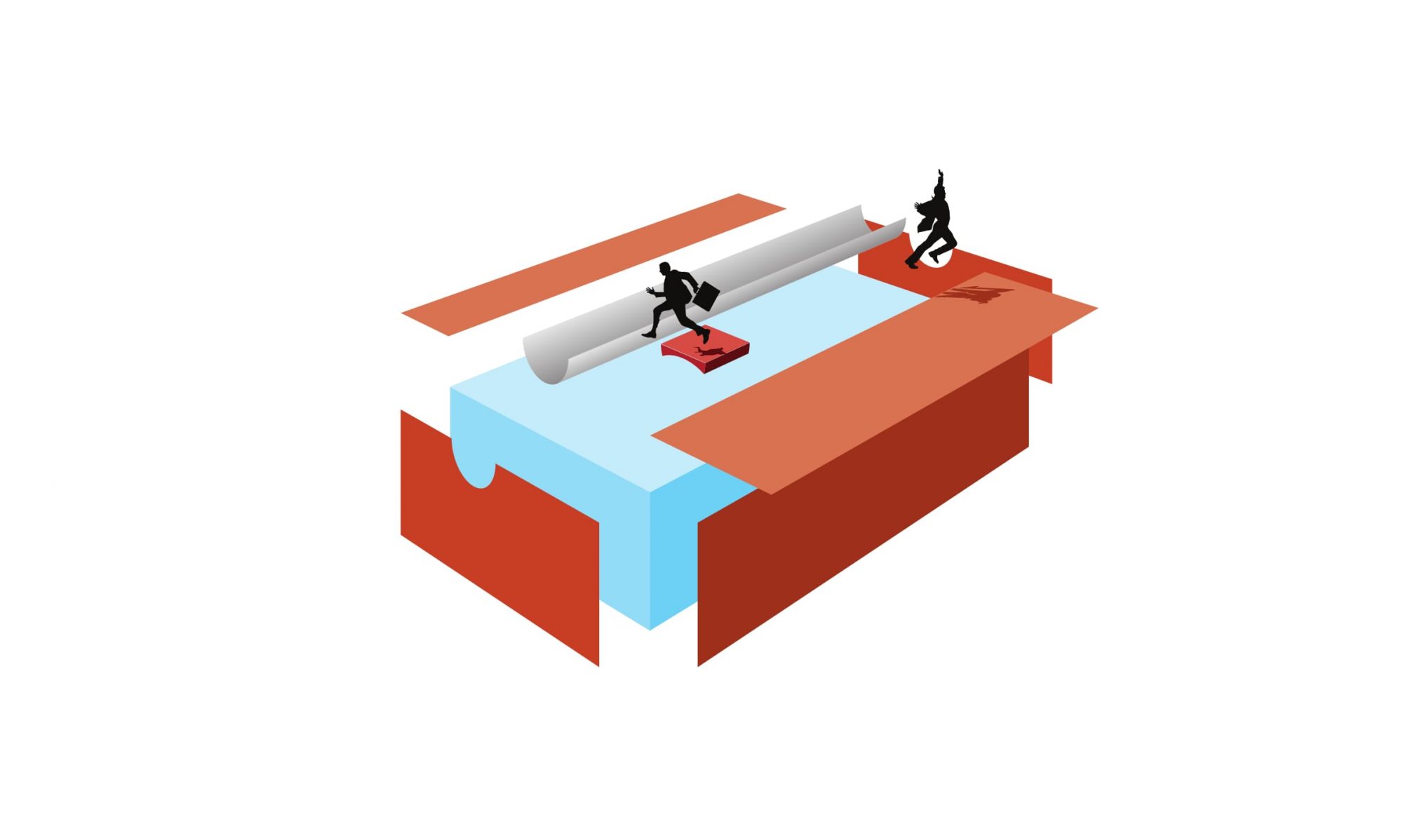User-centred design is dead?
…the key to great innovation is ignoring what users want, and instead boldly showing them the way. These messages are seductive. It’s encouraging to tell ourselves that we, the innovators, know best, and Henry Ford was right to dismiss customers as folks who would simply ask for “a faster horse”.
No, according to Sohrab Vossoughi in Innovation Always Starts With Empathy; Look at Zipcar and Even Apple,
the reason great design companies don’t ask what people want is that they are the users of the products themselves, so they already know.
And if you don’t have it, then you need to get empathy to be the target market!

